What makes Europe unique is the many cultural events throughout the year, making it a cultural gold mine. Here we share ten cultural events that take place at the waterfront of these amazing European cities.
1) Carnivale
Where: Venice, Italy
When: February
The Carnivale (carnival) is the most famous waterfront festival. It’s rooted in the military victory of the Venetian republic over the Patrich of Aquilea, Ulrich 11 von Treven, in the year 1162. In honour of this victory, people gathered in St Marco Square to celebrate.
The Baroque Carnival preserved the prestigious image of Venice and over the years, the festival evolved and artistic creativity including masks was introduced to the event. It is now a pre-lent event and over 2 million visitors go to Venice in February every year for the Carnivale.
One of the most important events is the contest for la maschera più bella (“the most beautiful mask”), which is judged by a panel of international costume and fashion designers.
2) Barcelona Beach Festival
Where: Barcelona, Spain
When: March
The Barcelona Beach Fest is a weekend like no other on the Costa Brava. Three days of partying and playing, beach Olympics, pool parties and booze cruises. The beachfront turns 2 campsite for the weekend-long fun fest, designed especially for student groups, university societies and everyone who wants to get away for some fun under the Spanish sun. This is essentially a weekend-long beach party. Past events have included famous DJs dishing out danceable music, including Armin van Buuren,Dimitri Vegas, Marhmello, Vini Vici, Timmy Trumpet, etc.
3) The Koningsdag
Where: Amsterdam, Netherlands
When: April
Koningsdag or King’s Day is a national holiday in the Kingdom of the Netherlands. Celebrated on 27 April, the date of birth of King Willem-Alexander.
The Koningsdag celebrations are often organized by the orange committees, the so-called Oranjecomité, local associations that seek sponsors and donations for their activities.
Each local association organizes events according to their interest. The theme is orange and the day is celebrated with food, drink, musical and other cultural interests.
4) Greek Easter
Where: Rhodes, Greece
When: April
There is no better place to spend Easter than Greece. Visiting Rhodes and Lindos, a charming beach time less than an hour’s drive from Rhodes would be perfect in April. Lindos has mild temperatures in April ranging from 20-22 degrees, perfect for being on the beach without constantly needing to dash for shelter. We were privileged to enjoy a Greek Easter in Lindos some years ago. The people were very friendly and the re-enactment of the “Way of the Cross” and the celebration of the Resurrection of Christ was moving.
Easter is the biggest holiday of the year for Greeks. After weeks of careful fasting and prayer, they’re eager to break the fast and finally eat foods that have been deprived of them. Since Easter is such an important holiday to the Greeks, many traditions have developed because of it.
Preparation for Pascha (Easter) begins at the start of Great Lent. Orthodox Christians fast and pray regularly during the forty days of Lent and also during Holy Week. For many Greeks, the church service that takes place on the evening of Holy Saturday is the most important one. However, in the eyes of the church, they’re all equally as important.
Just before midnight, the church goes completely dark. After midnight, the church lights up with candlelight as people light their tapers from their neighbours and begin chanting “Christos Anesti.” The traditional hymn is also sung. Translated, it means “Christ is risen from the dead. By his death, he has trampled down death. To those in the tomb, he gave eternal life.” This hymn is sung for several weeks after Easter during the church services.
After they get home from the Holy Saturday church service, many will break their fast. The traditional dish to serve during this meal is magaritsa, which is a soup that is made from the organs of the lamb that will be prepared for the main feast. However, some families opt to eat their big Easter dinner during this time. Most meals will include red-dyed eggs because the egg has come to symbolize Christ’s tomb, which has been stained red with His blood. This is a visual reminder of the fact that He died on the cross for our sins.
Roasted lamb is the traditional meat of choice on the Greek Easter table. It is normally seasoned and prepared on a spit or souvla. In regions of Greece where lamb isn’t readily available, goat is served instead. The reason why this is served is because according to the Apostle John, Jesus is the Lamb of God. He died on the cross as a sacrifice for our sins. Eating lamb honours this, according to the Greeks.
Another dish that is present at the Greek Easter table is tsoureki, the traditional sweet bread. You’ll recognize this bread because it will likely have a red Easter egg baked right in the center. This bread contains several ingredients that were forbidden during Lent such as eggs, butter, and sugar. Some families take this one step further and use the traditional tsoureki dough to make small sweet rolls for the guests to enjoy.
5) Cannes International Film Festival
Where: Cannes, France
When: May
Love movies, the beach and being in one of Europe’s trendiest cities on the Cote d’Azur (French Riviera)? Well, this is your chance. International takes place in the city of Cannes on the southern coast of France. This multi-day event involves movie watching, celebrity spotting, yachting, food and after-parties galore. The who of who of the movie industry is here. Accommodation can be tight during the festival and best to book your accommodation several months in advance to avoid disappointment. Also, make sure to carry lots of $$$$ as this is not a cheap town to visit.
6) Rhine in Flames
Where: Bonn, Germany
When: May to October
The Rhine in Flames is the collective name given to a series of five stunning pyrotechnical displays in the Rhine Valley each summer. The events, which are spread out between May and October, draw thousands of spectators to watch from the banks of the river or to witness the spectacle from one of the many boats on the Rhine itself. The interplay between fire, water and light – above picturesque towns and countryside along the most beautiful stretch of probably Europe’s most romantic river – leads to unforgettably spectacular cascades of colour and noise.
The opening night of the Rhine in Flames celebrations is known as the Night of Bengal Fire and takes place at the beginning of May although the festivities last all weekend. This is the longest stretch of the Rhine in Flames celebrations – some 26 kilometres from Linz to Bonn with a flotilla of some 60 or so decorated and floodlit vessels will sail down the river with a firework display in each of the towns it passes. The weekend-long event includes sailing on the Danube with music, dancing and fireworks. throughout the entire weekend. Similar events take place in subsequent months during the summer months and early fall.
7) Wheels and Waves Festival
Where: Biarritz, France
When: June
The Waves and Wheels festival is a five-day event which draws the best of surfers from around the world and extreme sports enthusiasts, to ride the waves, and enjoy live music and extreme sports like skateboarding and motorcycle races.
Made popular by Empress Eugenie de Montijo, the wife of Napolean 111 in 1854, Biarrtz is the Pearl of the Basque Coast. It has since established its reputation as a tourist town, embracing and housing Europe’s royalty, and political and economic elites. While these political elites still own beachfront mansions in this charming town, it has evolved and now draws huge crowds of the young and hip, in particular Surfing and extreme sports lovers. The annual grand festival takes place in June each year. There are many accommodation options in Biarritz but finding accommodation can be problematic if you don’t book early. We suggest booking at least 3 months in advance.
8) Edinburgh International Jazz and Blues Festival
Where: Edinburgh, Scotland
When: July
Taking place at Edinburgh harbour front, the ten-day festival draws musicians and performers from around the world. Founded in 1978, the Edinburgh Jazz & Blues Festival is now one of the largest and most respected jazz and blues festivals in Europe.
The festival is shaped by the city with 130 concerts taking place in theatres, parks and clubs in the city centre as well as in every ward in the city. The programme spans the entire history of the music from ragtime to modern jazz to Chicago blues and beyond.
9) The Sziget Festival
Where: Budapest, Hungary
When: August
The Sziget Festival is a 6-day event and one of the largest music and cultural festivals in Europe. It is held every August on Óbuda Island, a leafy 108-hectare island on the Danube in northern Budapest. More than 1,000 performances take place each year.
The festival has many activities including beach time, sailing on the Danube, music performances, lots of food, dance, living statue competitions, shopping at the local designer market, etc. The festival has its own resident circus, Cirque du Sziget, a regular act at the festival wowing Szitezens with their crazy tricks and acrobatics. Lucky onlookers are sometimes invited to take part in the Hungarian group’s act and even when the curtain falls, you’ll still spot fire acrobats hotting things up around the festival grounds.
Burn off the beer calories by heading to the Summer Beach Sports venue where you can shake your tush at Zumba, whoop your friend at table tennis or slam dunk in a volleyball match. A quick game or exercise sesh and you’ll be refreshed and ready to return to the top musical acts. This is a very popular festival and draws crowds from all over Europe. To avoid being stuck without a place to stay, reserve your accommodations early.
10) The Regata Storica
Where: Venice, Italy
When: September
Held since 1825 in the world’s most beautiful city, the Regatta Storica marks the annual trial of strength and skill for the Venetian gondoliers and expert rowers. On the first Sunday of September every year, thousands of Venetians turn out to do what the Venetians do best – indulge in a spectacular display of pageantry and race their gondolas. On the day of the Regata Storica, St Mark’s Basin and the Grand Canal, are packed with boats of every shape and size; filled with loudly cheering, local supporters.
The event is preceded by the spectacular historical water pageant, which is led by the Venetian Doge and his wife. Originally, to clear the course of the race and to keep order, the regatta was preceded by a fleet of bissone (typical parade boats). Noblemen stood in the bows, armed with bows and terracotta shot (balote); which they used to pelt any particularly unruly spectators. Today, the bissone still heads the procession, but they only have a ceremonial function.
All regattas start from St Mark’s basin and the most important ones reach Ca’ Foscari. They follow the same route from Riva degli Schiavoni, where they are lined up and kept in position by a rope tied to the stern called spagheto, the boats enter the Grand Canal at Punta della Salute and follow it up to the turning point (the paleto in front of Venice Santa Lucia railway station).
The best place to watch the Regatta is the Rialto Bridge, however, getting a spot on the bridge is like winning the lottery. The alternative is booking a hotel room on the top floor where you can have a good view from above.
11) Ifestia Festival
Where: Santorini, Greece
When: September
- Santorini
The Ifestia Santorini is a fireworks festival, a one-day event entirely dedicated to the volcano eruption that changed the landscape of Santorini forever in the mid-second millennium BCE. Every September, the island of Santorini celebrates “Ifaisteia” (from Greek ηφαίστειο or volcano). The festival is a reenactment of the volcanic eruption that formed the island in 1600 BC.
The festival usually begins with the concert of a top Greek performer. Music is followed by fireworks after darkness falls on Santorini. It’s a great experience, combining lights, colours and music. The festivities include a series of live music concerts, photography and art exhibitions, and theatrical and dance performances. The major highlight of the festival is the recreation of the volcanic eruption of the Minoan Eruption which resulted in the formation of the island.
The spectacular show is made by fireworks flying out of the volcano, making it a stunning view. Not only the fireworks show but also sound and light effects are used to reenact the lava flow and the explosions of the volcano. The fireworks at Ifestia are a sight to behold.
The show takes place in the town of Oia, which is perched on a cliff overlooking the Aegean Sea. The setting is stunning, and the fireworks add an extra layer of magic to the already enchanting scene. The fireworks are synchronized to music, which makes for a truly immersive experience.
The Ifestia fireworks display is not just any ordinary fireworks show. It is a carefully choreographed performance that is designed to tell a story. The story that is told through the fireworks changes every year, but it always relates to the island’s history and mythology. The fireworks are designed to create different shapes and patterns that represent different aspects of the story. The colours of the fireworks are also carefully chosen to create different moods and emotions throughout the show.
Ready to dive into some of Europe’s best festivals? At Waterviews Travel, we specialize in self-guided tours that let you experience these stunning destinations at your own pace. Contact us today at se*****@**************el.com or call 1-800-735-9790 to personalize your trip and embark on a journey that’s as unique as you are.



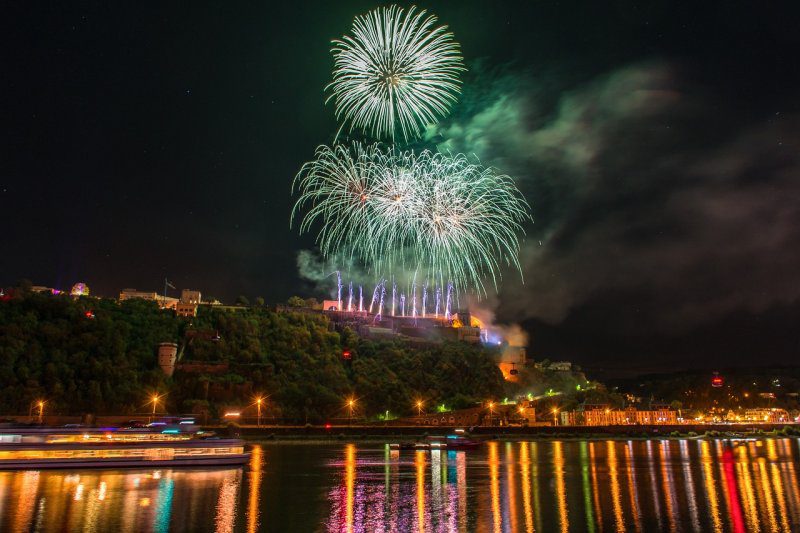
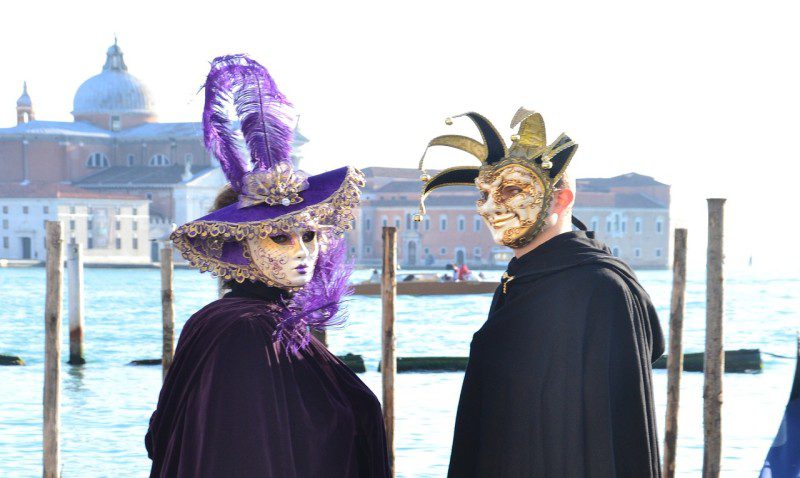
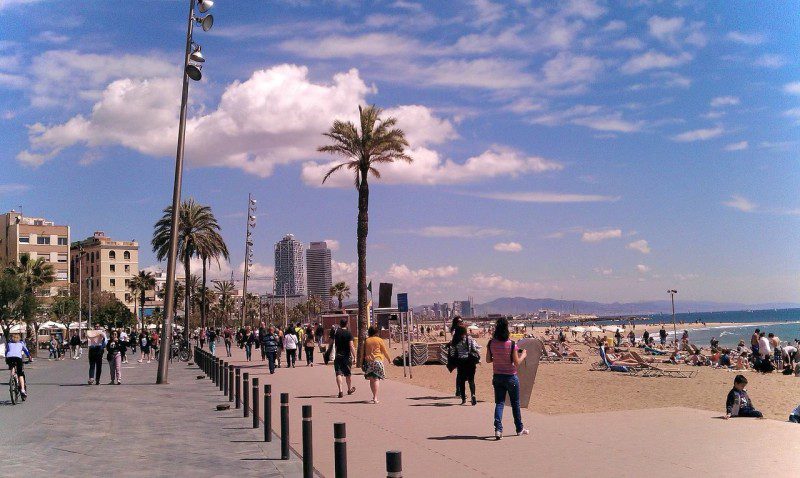
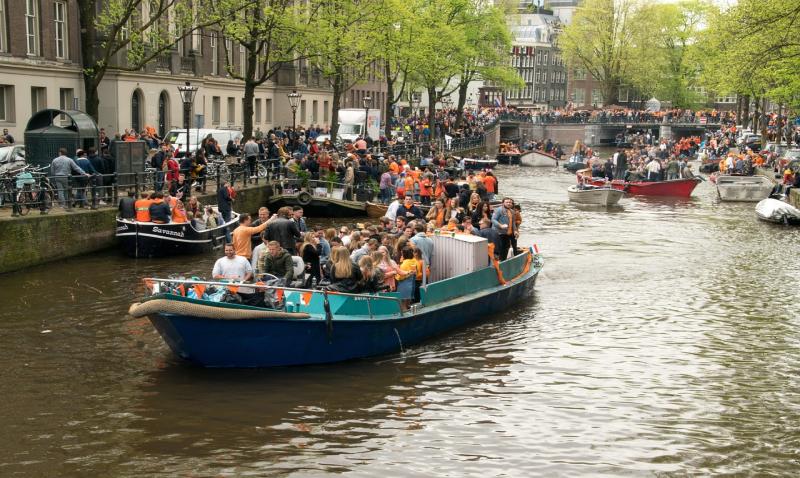
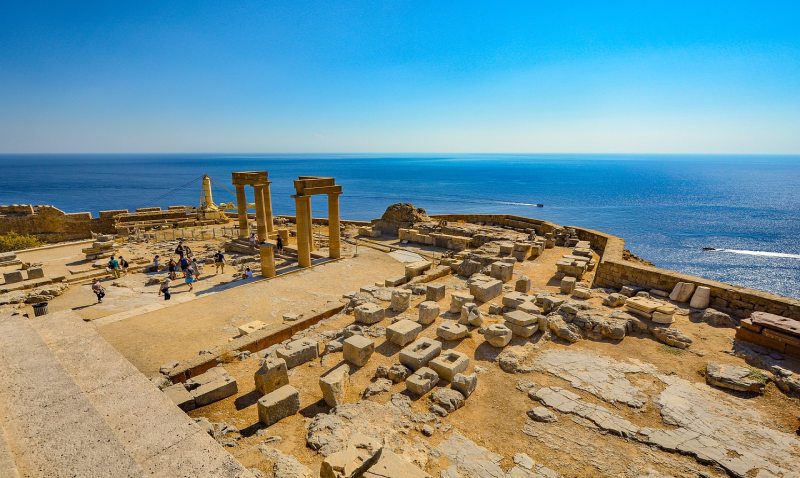
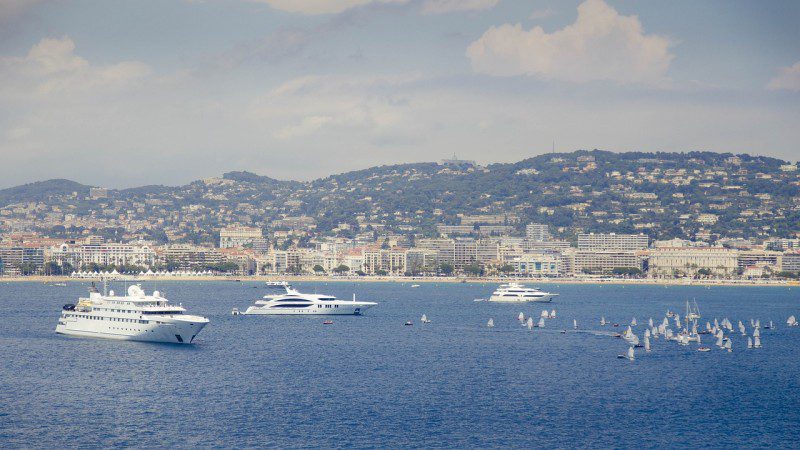
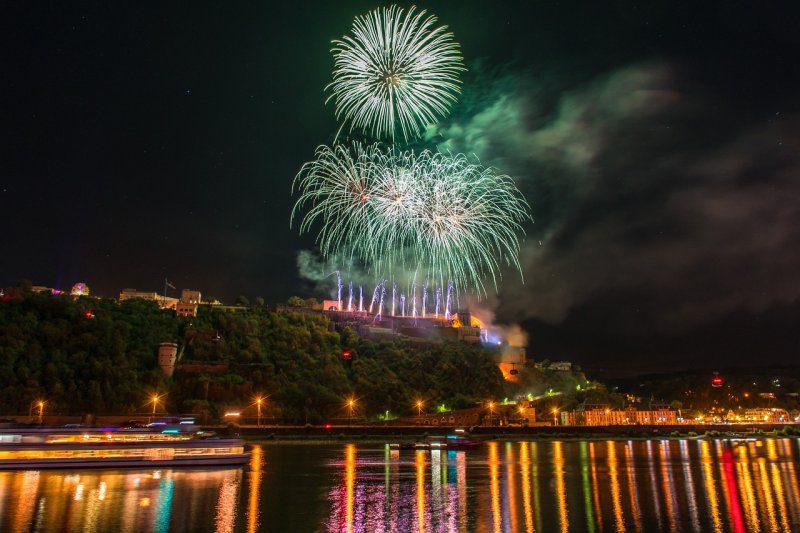
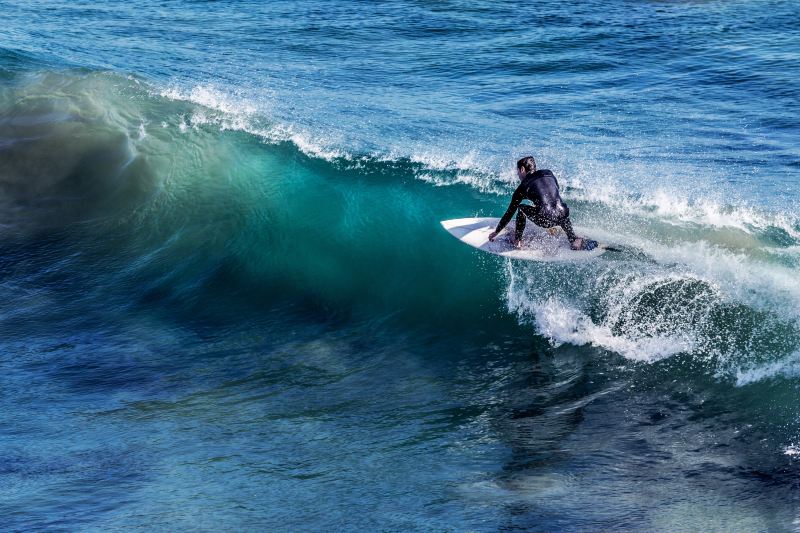
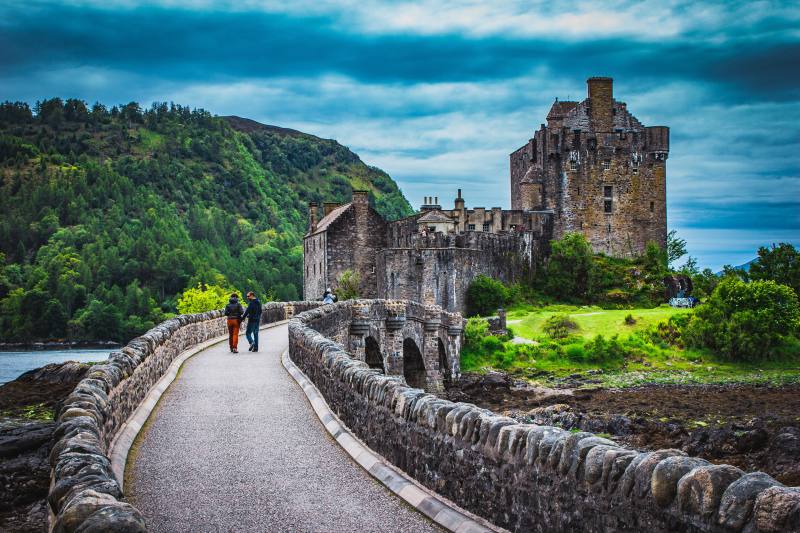
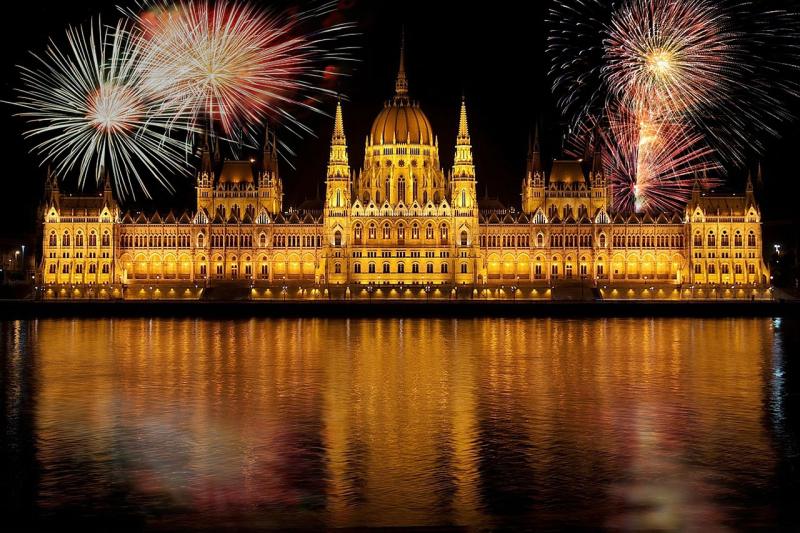

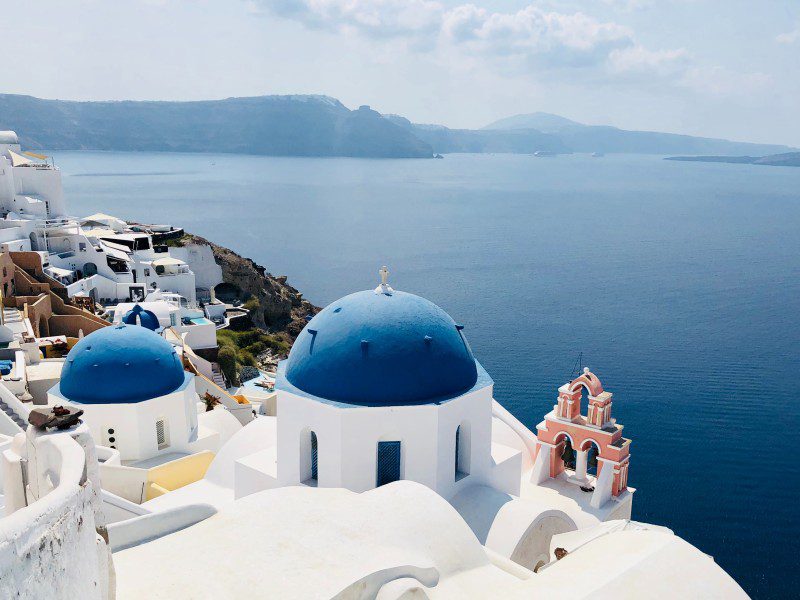
Comments are closed